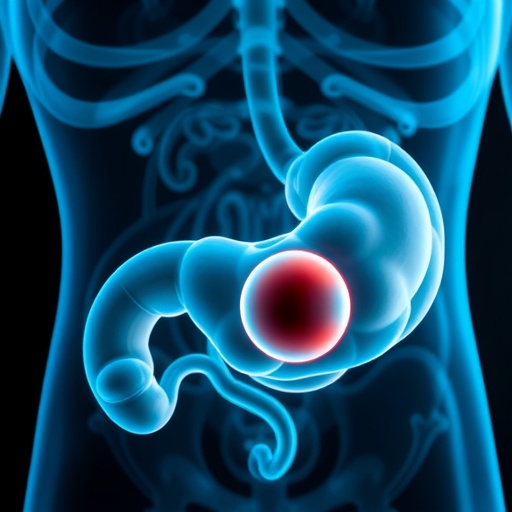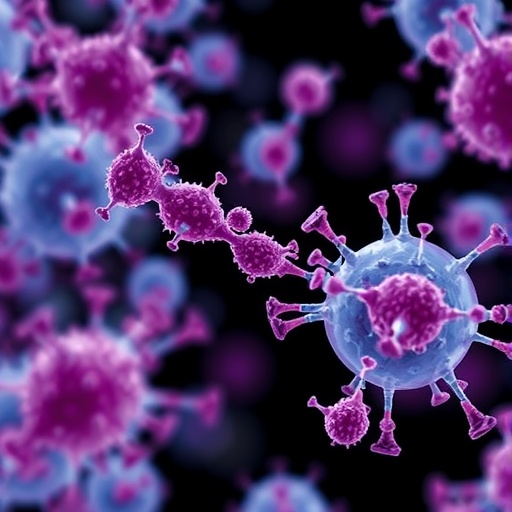Researchers at Lund University in Sweden have developed a method that enables them to use donated brain tissue from people with epilepsy for 48 hours. Previously, the researchers only had 12 hours to test new treatments before the structure of the cells started to break down. The research has now been published in the journal Scientific Reports.
In about one in three people suffering from epilepsy, the drugs available today have proven unsuccessful. Surgically removing brain tissue in the area where the seizures start helps some of these patients, but the researchers would prefer to find new treatments that do not require surgery and the associated risks.
"Being able to study donated brain tissue from patients who are treated surgically is a great opportunity for us in our search for new drugs. But we haven't had a lot of time. From the moment we receive the donated tissue after surgery, we've only had 12 hours to register and record what happens in the cells before the viability and structure of the cells are affected", says My Andersson, one of the researchers behind the study.
The researchers have now found a more standardised way to store and use brain tissue samples, to ensure that the tissues and results accurately represent the patients. With this new method, the samples can be used for 48 hours.
The extended time enables them to study gene therapy treatment of the tissue, among other things. It also allows the researchers to acquire much more data from a small number of patients.
"This gives us a unique opportunity to test new treatments as it brings us much closer to the patient, without conducting tests directly on them", says My Andersson.
Among other things, the researchers are able to induce epilepsy-like seizures in the tissue samples and study what happens to the nerve cell activity of the individual neurons.
"The tissue samples allow us to map proteins and identify which interactions are important for brain communication during epileptic seizures. For example, could it be that the seizures in patients who do not respond to drugs are so severe that they cannot be chemically interrupted? Or does it depend on the actual transport of drugs to the brain? We hope that this new method will help us answer such questions", says My Andersson.
The method can also be used by researchers in other fields who are studying human brain tissue. The next step for My Andersson and her colleagues will be to test new epilepsy treatment options to see whether they can counteract seizure-like activity in human brain tissue.
###
Media Contact
My Andersson
[email protected]
46-073-675-3537
@lunduniversity
http://www.lu.se
https://www.nature.com/articles/s41598-018-22554-9




